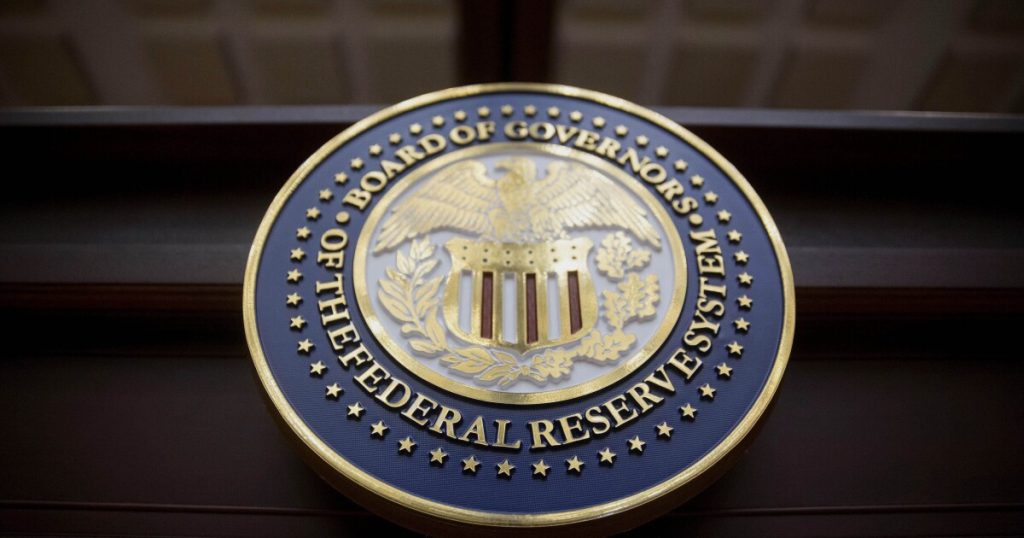Supervisors at the Federal Reserve are most concerned about rising delinquencies and governance issues at U.S. banks, according to the agency’s latest supervision and regulation report.
The semiannual report, released Friday, highlights the continued weakening of
It also shows that the share of large banks that have received less-than-satisfactory ratings on the Fed’s internal supervisory scale
Despite these developments, the Fed deemed the overall health of the banking system to be strong, with improved earnings in the first half of the year and steadily higher confidence among investors and other market participants. Banks have also elevated their capital levels and increased their credit loss reserves in response to rising default risks.
Overall loan delinquency — those that are at least 90 days past due or designated as in nonaccrual — among the Fed’s supervised banks is low, hovering around 1%, as it has for the past several years. But issues with CRE-backed loans continued to outpace the broader lending market.
Loans tied to offices in major cities continue to be the most stressed, according to the report, following the post-pandemic trend of companies shrinking their office footprints in the wake of expanded remote work. Through the second quarter, office loans on large bank balance sheets had a delinquency rate of 11%.
Multifamily loans are also seeing rising delinquencies, as apartment owners face slowing revenue growth, rising operating costs and declining property values.
Most distressed CRE loans are held by large banks, the report notes, but smaller banks saw their delinquencies rise during the first half of the year. CRE loans tend to make up a larger share of small bank balance sheets.
Delinquencies have also been on the rise for auto loans, a trend that offset improvements in credit cards and other consumer-facing lending products.
Overall, the report states, supervisors are placing an increased emphasis on credit risk management for banks of all sizes. This includes zeroing in on underwriting standards, loan quality and credit loss reserves levels.
Liquidity preparedness and management is another priority flagged in the report, which states that Fed supervisors are “closely monitoring a limited number of firms with risk profiles vulnerable to funding pressures.” This is consistent with the central bank’s increased focus on liquidity planning and discount window readiness in the wake of three large regional bank failures last year.
The report also notes that supervisors are using provisions of the Bank Service Company Act, or BSCA, to monitor “certain services performed on behalf of financial institutions by their service providers.” It cites cybersecurity, critical infrastructure and emerging technologies risks, but does not go into greater detail.
Banks, reform advocates and even some financial technology companies have called on regulators to
The share of banks with non-satisfactory marks in the Fed’s large financial institution, or LFI, rating system continued to trend up in the report. The index looks at three categories: capital planning, liquidity management and governance. While most banks in the rating system were satisfactory in the first two categories, only one-third of institutions received good marks in all three — down from more than 50% in 2020. The share of banks with satisfactory ratings across the board has fallen each year since then.
Supervisory actions against large domestic banks were roughly flat from the first half of this year, but remain well above their pre-2022 level. Two-thirds of these actions focused on governance and controls issues, though such issues were more prevalent for large, non-systemic banks. Among the very largest banks, governance made up a majority of actions, but capital planning and positioning was a greater supervisory focus among that cohort.
For community and regional banks, the most-cited issues were related to information technology and overall risk management. Bank Secrecy Act and anti-money laundering compliance was also a supervisory emphasis for banks in those categories.
Fed Vice Chair for Supervision Michael Barr is slated to appear in front of the House Financial Services Committee next Wednesday to discuss the report’s findings.

